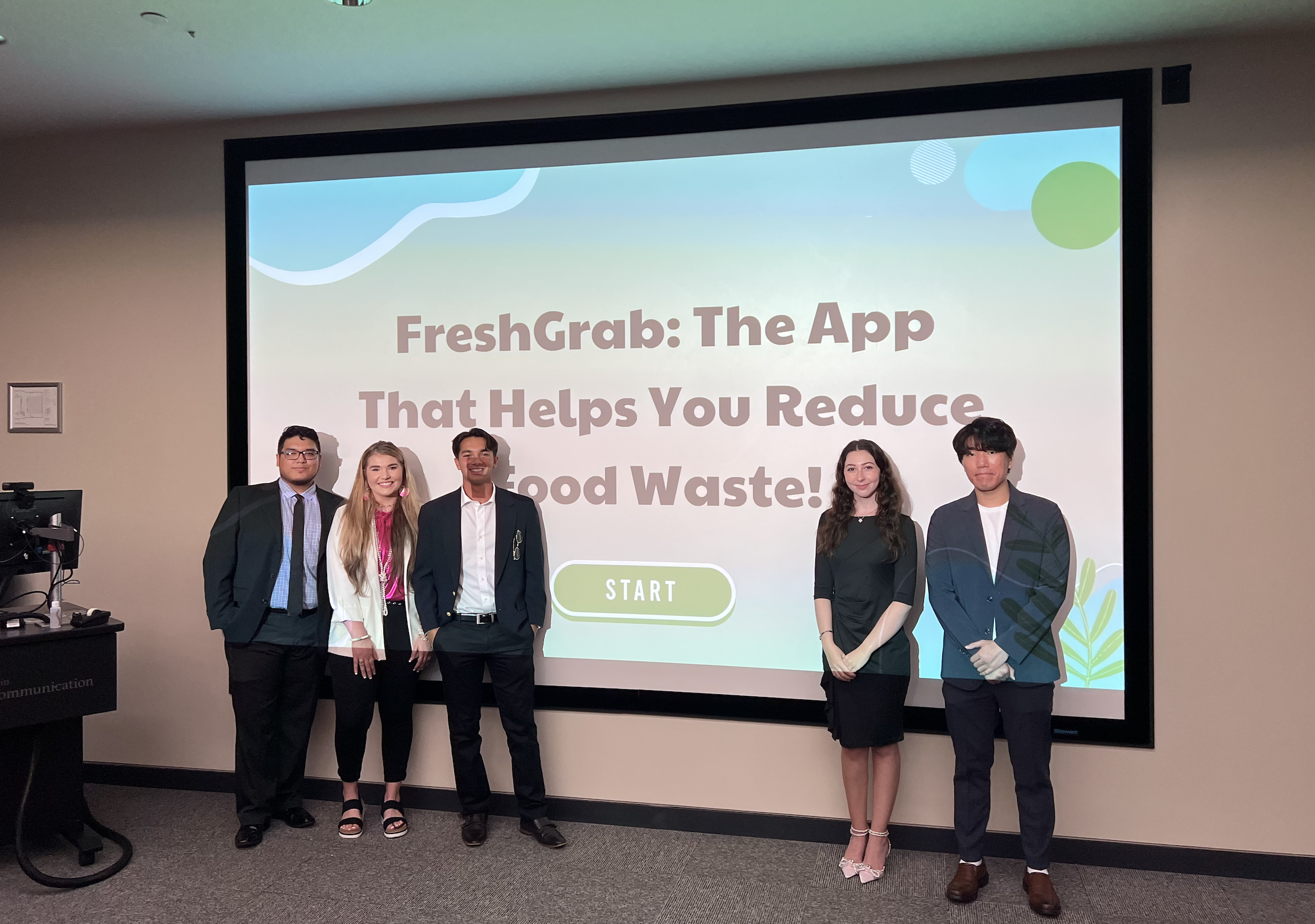Published August 30, 2023
Duty Bound to Integrate AI Into All of My Classes – Now !

My summer session Shark Tank Class at UT Austin concluded with another fabulous series of pitches from aspiring entrepreneurs. Kudos to FreshGrab, Freshly Picked and the other teams who competed. The ideas were well thought out, pitch decks professionally constructed and the scoring of their respective presentation’s thoroughness and execution was (as always) relatively straight forward.
This fall as another semester of ambitious entrepreneurs assemble in my class – I am having to entirely reimagine the process of teaching (& rewarding) both curiosity and idea generation as well as execution of materials and other work product given the rapid advances in AI (primarily ChatGPT, DALL-E, et). We all know the rapid advancement of artificial intelligence (AI) has disrupted various industries and redefined the way we work and live. As a professor teaching entrepreneurship and marketing technology, it is crucial to equip our students with the skills and knowledge they need to thrive in a world rapidly being dominated by AI. Entrepreneurs and first-time job seekers alike have NO CHOICE but to immediately garner at least some level of acclimation (but preferably a deeper mastery) if they are to survive and prosper.
I believe strongly that the only way we as educators can make the necessary (and immediate) pivot is by incorporating ChatGPT and other AI tools into our curriculum and work assignments and do so now. Even if some of level of clunky experimentation is the best we can do (maybe lowering the bar unnecessarily) – I think were duty-bound not to shy away from Chat for fears of plagiarism and manufactured assignments – et but rather to directly and aggressively incorporate Large Language Model produced output as an educational process reality.
Here are five easy steps for instructors I have incorporated in my own practice to integrate AI into your curriculum and work assignments as a new (or relatively new) AI user.
Step 1: Understand the Basics
Before incorporating ChatGPT or any other AI tool into your curriculum, it is essential to have a basic understanding of how these tools work and their potential applications. Spend some time familiarizing yourself with the basics of AI, natural language processing (NLP), and chatbots. It is also essential to understand the potential ethical concerns associated with using AI tools and ensure that you address these concerns in your curriculum. Those ethical considerations regarding “disclosure” or tagging of AI produced work product are essential.
Step 2: Define Your Objectives
Clearly define the objectives you want to achieve by incorporating ChatGPT and other AI tools into your curriculum. Do you want to enhance students’ problem-solving capabilities, improve their communication skills, or expose them to real-world applications of AI? Defining your objectives will help you tailor your curriculum and work assignments to achieve the desired outcomes.
Step 3: Choose the Right Tools
There are various AI tools available, each with its own strengths and weaknesses. For example, ChatGPT is an excellent tool for generating human-like text and can be used to create chatbots, generate content, or simulate conversations. Other AI tools may be better suited for data analysis, image recognition, or other applications. Choose the tools that are best suited for your objectives and the skills you want your students to develop. Once you have settled on the tools best suited for your given discipline – then go deeper into your own skills development with these platforms.
Step 4: Integrate AI into Your Curriculum
No where to hide! Once you have chosen the right tools, start integrating them into your curriculum and work assignments. This could be something simple: you could assign a project where students have to create a chatbot using ChatGPT that can answer questions about a specific topic. Or you could have students analyze data using AI tools and draw insights that can be used to develop a marketing strategy or even help in vetting a business idea or investment thesis. Be creative and think about how you can use AI tools to enhance your students’ learning experience. The simple development of prompting skills by virtue of your class assignments will help initiate fundamental capabilities that will be of great value (they will be necessities for your Dec 2023 and May 2024 grads).
Step 5: Provide Guidance and Support
Incorporating AI into your curriculum can be challenging, and your students may need additional guidance and support to get started. Unfortunately, most educators have neither the domain expertise nor the time to provide 1X1 AI tutoring. So, provide very clear instructions, tutorials, and resources that can help them understand how to use the tools and complete the assignments. I would encourage the use of group projects and collaboration as a “go to”. This creates peer learning and provide feedback and constructive criticism to help your students improve (without an endless series of instructor office time visits).
Conclusion
Incorporating ChatGPT and other AI tools into your curriculum and work assignments this fall will provide numerous benefits for your students, from developing valuable job skills to gaining practical experience with real-world applications of AI. Sending them off into the workforce sans these skills might just be malpractice. It’s without question an act of sending them into career battle insufficiently armed. We can all play a role in advancing the fortunes of our students by embracing, including and thus acclimating our next generation workers with the most important tool in the history of mankind. But we need to hustle – we need to do this quickly (as in “now”).